A while ago, I dropped my trusty old 500mm PF – a gem of a lens – onto hard concrete, decentring the optics and rendering it completely unusable. As a result, I purchased a used 500mm f/4 that I found online for a good price. At the time, I was quite unsure about the big prime’s performance and overall value compared the smaller, lighter, and infinitely easier-to-handle 500mm PF. If you want to read my initial impressions and comparisons between the two, here you go.
Things have, in some ways, changed over the course of the 2 years I’ve owned the 500mm f/4e – my 500mm PF is now functional again after a trip to a Nikon Service Centre – so I decided to share my thoughts on the subject (I’ll refer to the 500mm PF as ‘PF’, and the 500mm f/4e as ‘FL’ from here onwards).
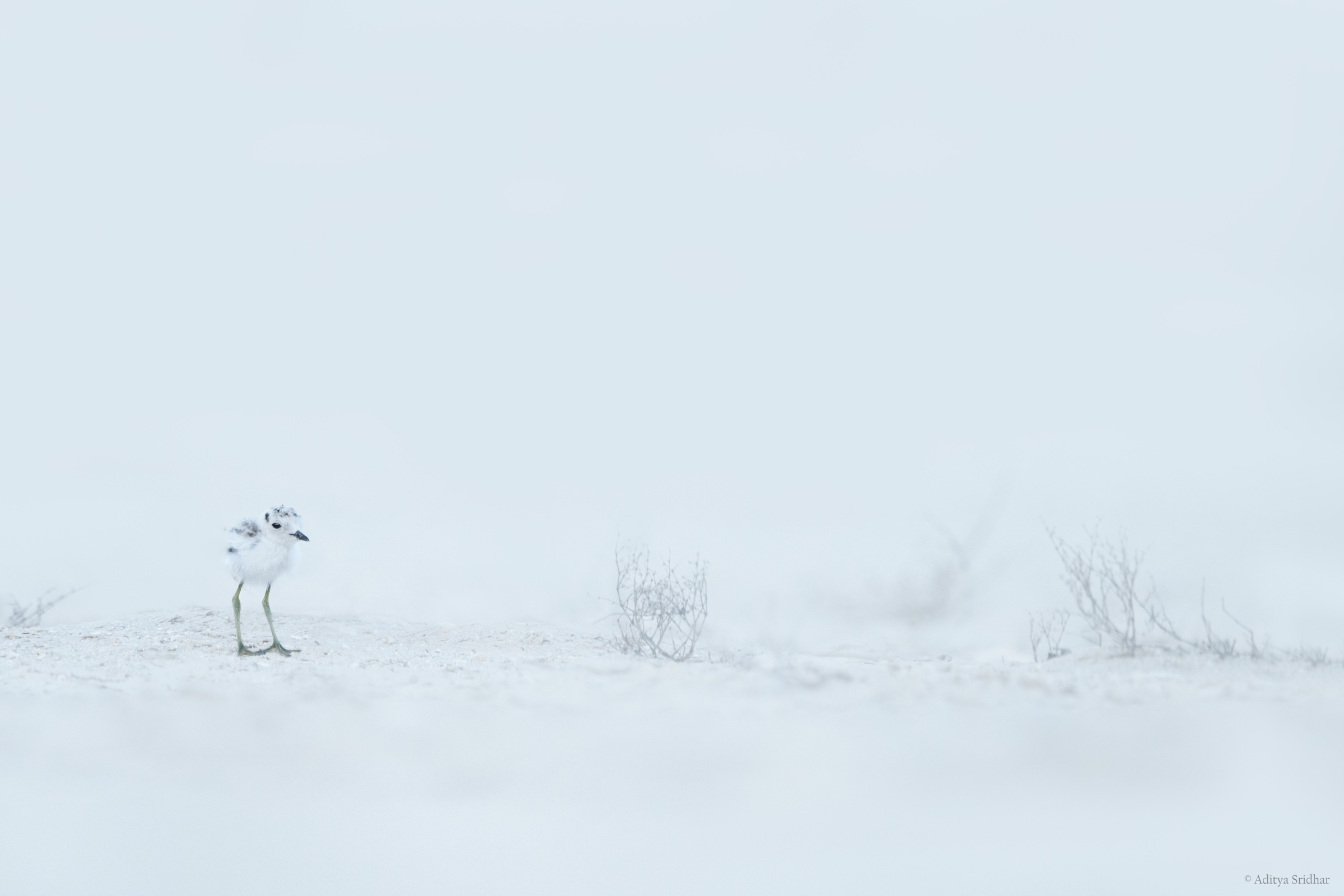
Brief introduction.
When you’re looking at such an expensive, heavy piece of glass, you expect only the best in terms of performance, build, optics, and quality. While I haven’t used any of the other Nikon big primes, I can safely say that the FL is a notch above the PF. Of course, it is; It only costs twice as much!
Having used the PF for over a year, however, I know it’s a solid performer itself, being made out of metal and having excellent optical characteristics.
Real-world Use.
Okay, I’m not one for test charts and MTF curves. I only care about a lens’s performance in the field, and the FL doesn’t disappoint. Here’s how I see it:
- In great lighting (right around sunrise or sunset) – The FL is slightly better than the PF, but it’s not a major differentiator.
- In decent, but slightly lower light – The wider aperture and, consequently better auto-focus, pulls the FL ahead of the PF, but it’s still pretty neck-and-neck.
- In low light (say, 15 mins before sunrise or 15 mins after sunset) – Here’s where the FL definitely shows it’s class. The f/4 aperture and the better auto-focus pulls the big prime way ahead of the PF. I’d only use the latter in a pinch, while I’ve consistently used the f/4 lens in such conditions without hesitation.
- In very low light or even near-darkness – Yeah, don’t use the PF. Just don’t. In all seriousness, while it’s still possible to use the PF in such conditions, it’s very hit-or-miss, in my experience. The narrower aperture takes a heavy toll on the overall IQ and focusing. While the f/4 lens still struggles massively (in fairness, very few lenses wouldn’t), I’d say it’s still worlds-apart from the PF. I’ve photographed nightjars and shorebirds in extremely low light with the 500mm FL, and I’m fairly certain the PF wouldn’t have been able to perform under the same circumstances.

Making a case for the 500mm f/4e FL.
As you might’ve probably guessed, the main difference between the PF and the FL is the former’s narrower aperture. While it may not seem like a big deal at first, it absolutely is.
Let’s think of a couple of scenarios:
- Let’s assume your settings with the PF are 1/320s, f/5.6, ISO – 2000 which is a relatively common scenario on, say, a cloudy day. With the FL, you can cut the ISO down to 1000 or raise the shutter speed to 1/640s (or a combination of the two) and get the exact same exposure as the PF. Even if that isn’t a make-or-break difference, it’s a really nice option to have. Another factor to keep in mind is the boost to the camera’s auto-focus system that the wider aperture provides.
- Now let’s look at a different situation. Imagine you’re photographing a songbird in a dense forest and your settings with the PF are 1/30s, f/5.6, ISO – 6400. With the FL, not only can you, as in the previous case, double your shutter speed, halve your ISO, or try something in between, you also benefit a lot more from the wider aperture’s inherently better auto-focus. That, at the very least, enables you to capture a lot more ‘keepers’ than the PF.
There are a few other things to consider, too.
With the FL lens, you can attach a 1.4x tele-converter to get to 700mm with an effective maximum aperture of f/5.6. Most of the auto-focus points will still be functional, and image quality only takes a very minor hit. On the other hand, while the PF still has excellent sharpness with the tele-converter attached, auto-focus performance jumps off a cliff. Only the centre AF-point works, and you’ll have to focus and recompose if the subject is placed towards the edge of the frame.
I’ve found it quite easy to hand-hold the FL, too. It took me a while to get used to the FL’s size and heft, but the lens is really well-balanced. In the field, it doesn’t feel as heavy as I thought it would feel. I’ve been able to consistently photograph birds in flight with the FL, and the combination of the VR, auto-focus performance, and balance just makes for a great shooting experience. It does get a little tiring after a while, however, so taking regular breaks is, pretty much, a necessity.
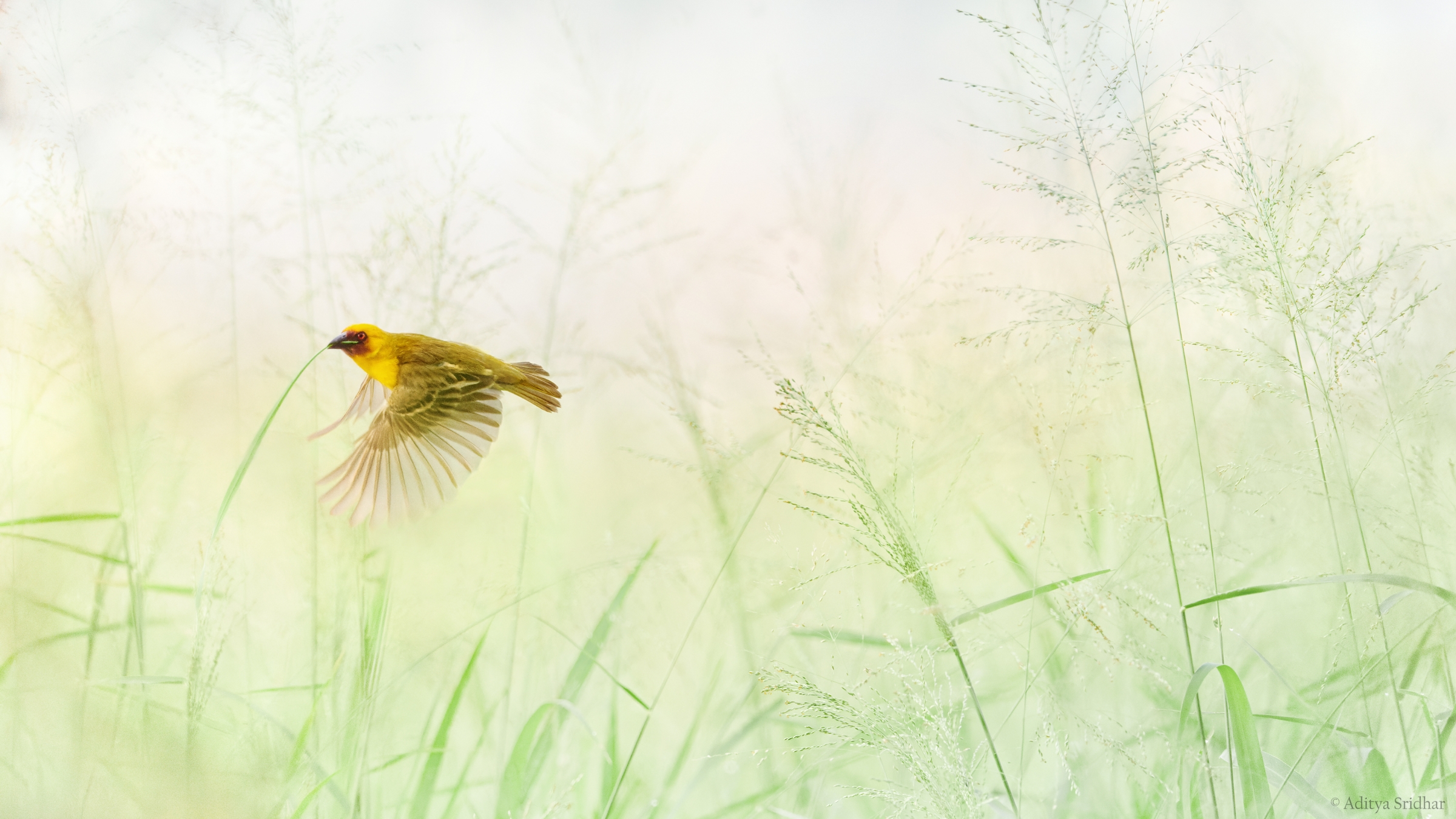
Now let’s talk about the 500mm f/5.6e PF.
I love this lens to bits. It’s just so easy to carry around, especially while travelling. I’ve also shot a few images with this lens that I absolutely could not have captured with the FL. Do I think it’s better than the big prime? I’d say it’s mostly situational.
First, let’s discuss the merits of the PF. It’s a compact, light-weight prime with incredible image quality and auto-focus performance at a very reasonable price point. The Vibration Reduction (VR) system, combined with the lens’s size, makes it a real pleasure to hand-hold.
Compared to the FL, I’d say the biggest advantage the PF has in every use case is its manoeuvrability. I’ve taken shots with the camera and lens held overhead that turned out perfectly sharp. Let me give you an example.

This is one shot I just could not have captured with the big, bulky FL. I held the PF well above head-height, composed using live view, and the shot still turned out sharp. I was even using a 1.4x tele-converter. Make no mistake, the PF is a real contender despite its relatively slower aperture.
Another thing I’ve noticed is that most birds are not as intimidated by the smaller silhouette of the PF when compared to the much larger f/4 lens. On many occasions, I’ve accidentally spooked birds with the FL that I probably wouldn’t have with the PF.
The PF is also a dream to hand-hold. It almost feels like using cheat codes. It’s so ridiculously easy to find, place, and track birds in flight with this lens. The bare PF lens has really good auto-focus performance under most lighting conditions, and the VR is tremendous, too.
I’ve discussed the various quirks of the 500mm PF and its performance in a couple of earlier blog posts. You can find them here and here.
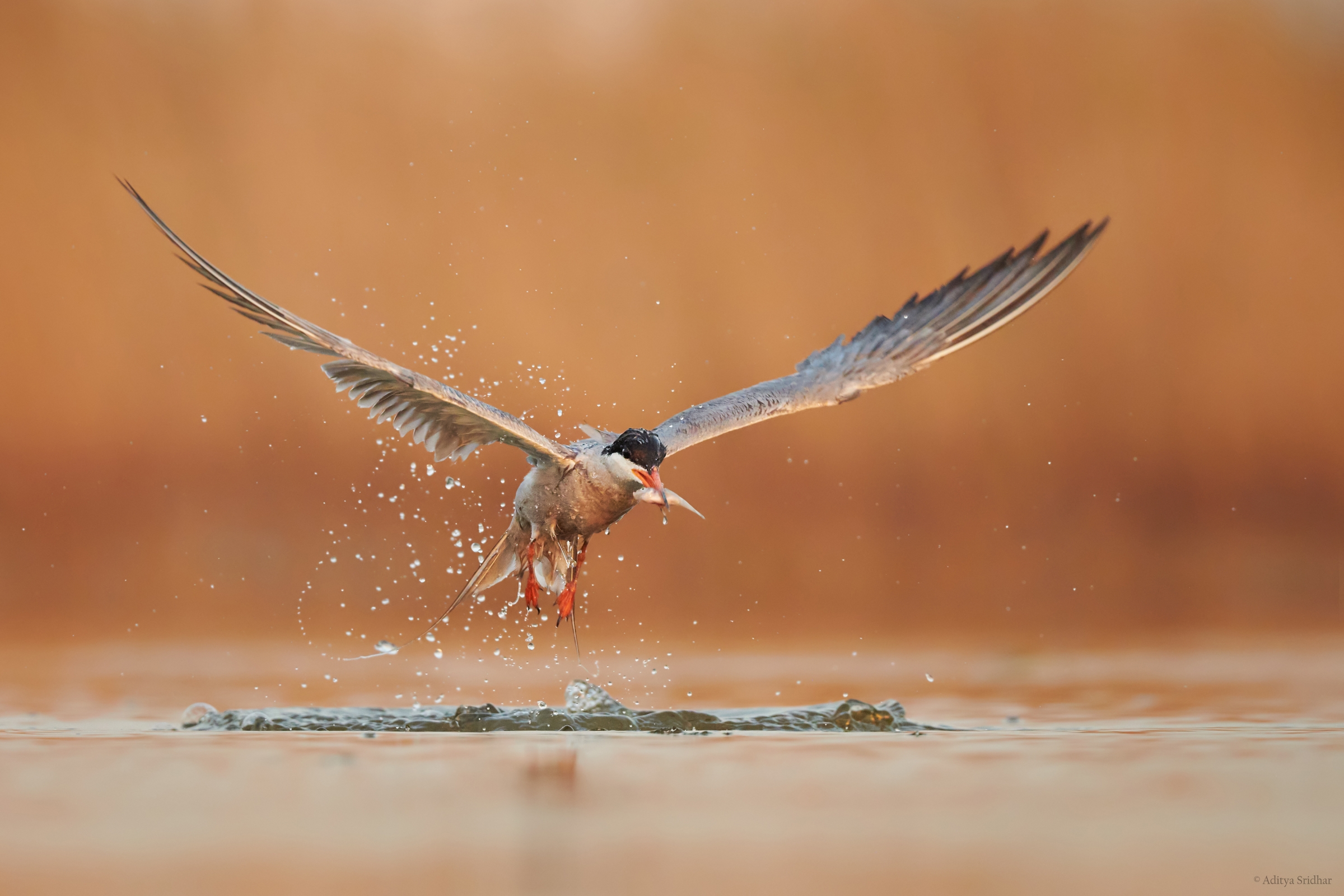
Who is the 500mm FL for?
This is one question that I can’t really answer, but I can give you my rationale for settling on the FL. I like to push my gear to its limits, both in terms of settings as well as conditions – be it weather or lighting. I usually find myself often shooting way before sunrise and after sunset, and those are situations where the FL just can’t be beat. Yes, it’s unwieldy at times, but it gets the job done.
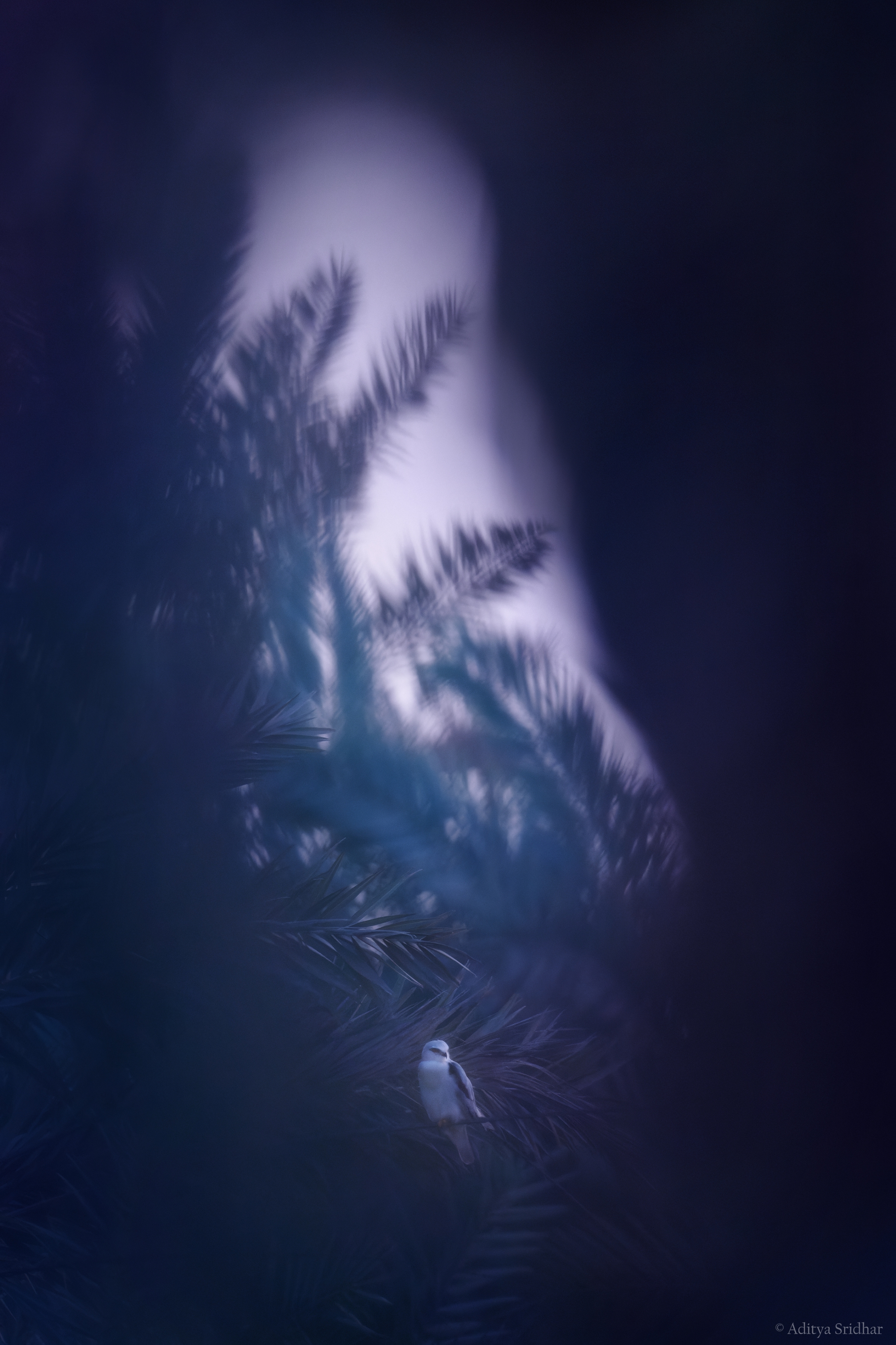
The lens’s auto-focus remains solid even in very low light, and that’s something I can’t say about the PF. The slower lens, sometimes, doesn’t lock onto the subject with the same speed and surety of the FL.
Do keep in mind that everything circles back to the main consideration for most people – the price. Yes, the 500mm FL is an amazing lens, but it also costs twice as much as the PF which is already an expensive piece of glass. Most people would get a lot of value out of the PF, and the FL is an incremental, but noticeable, step-up.
A wider view.
If we take a step back and look at the current Nikon ecosystem, there’s been a lot of focus on the mirrorless line-up of late, and that’s not going to stop anytime soon. As a result, both 500mm lenses should be available at really good prices going forward as Nikon slowly phases out the F-mount system. Of course, you can always use these lenses seamlessly on Z-mount cameras with the FTZ adapter, too. I’d say the FL and the PF hold their value really well over time, and you can’t really go wrong with either of them in that regard.
If I had a mirrorless camera body and was in the market for a lens of this kind, though, I’d probably take a close look at the other super-telephoto offerings from Nikon. The 400mm f/4.5, the 800mm f/6.3, and the 100-400mm Z-mount lens are all stellar performers in their own right. They are marred by supply chain issues, however, and obtaining one of those may not be as easy as purchasing a used 500mm PF or FL at present.
Finer details and closing thoughts.
I’ve been in the unfortunate position of having dropped both of these lenses. My FL recently survived a drop off the seat of a rickshaw onto, you guessed it, concrete. Thankfully, it came out unscathed, unlike the PF. That wasn’t really a comparison, just a weird co-incidence.
I’ll also briefly touch upon the lenses’ performance in back-lit situations. While I’ve never had any weird artefacts in my images from the PF’s fresnel glass, I’ve noticed that its auto-focus can, occasionally, be thrown off when the sun’s in the frame or at an awkward angle. I’ve yet to have that issue with my FL but, again, I’m being very nit-picky here.
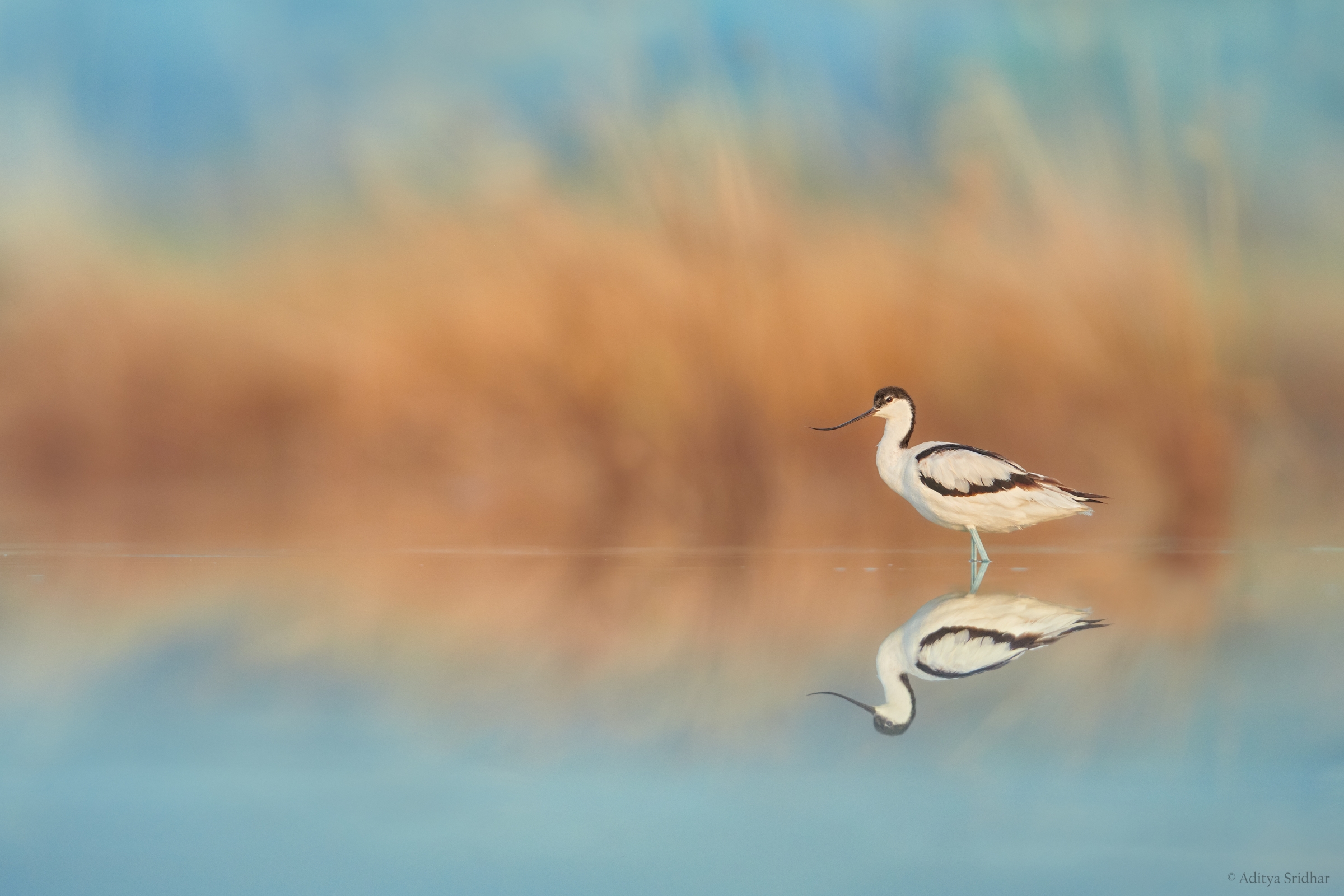
In all honesty, I don’t think you could go wrong with either of the two lenses I’ve mentioned. If you find yourself shooting in challenging lighting conditions where auto-focus performance is critical, then you’ll probably find yourself leaning towards the FL. If you’re usually shooting birds in flight in good light, then the PF won’t let you down. It’s so much fun to use, and I think that’s important. After all, why own expensive gear that you don’t feel like using on a regular basis?
Regardless of which lens you choose, it is only a tiny cog in the machine that is photography. As long as you can find workarounds to the limitations of your gear, they’ll serve you well in the long run. A no-compromise product doesn’t, and cannot, exist.
I hope you found this post interesting and informative! If you’d like to ask me any specific questions regarding either of the two lenses I’ve featured in this post, feel free to leave a comment down below or send me a direct message on Instagram (@aditya.sridhar) and I’ll get back to you as soon as possible!


Very intersting points in comparison
Great review.
Is it worth upgrading from 200-500mm f5.6 to 500mm pf in terms of sharpness and quality? I know other factors are weather sealing, weight, more bokeh effect etc
Author
Hi there! Thank you for visiting! 🙂
I’d say the 500mm PF is a sizeable upgrade from the 200-500mm in terms of IQ, but there are numerous other factors worth considering over sharpness alone. I’d say the biggest advantage you’d notice in the field with the 500mm PF is its light weight and quick auto-focus. It is an incredible lens for photographing birds in flight. However, the 200-500mm offers the flexibility of a zoom lens which absolutely should not be overlooked. I think any differences in sharpness is overshadowed by the other auxillary benefits these lenses provide so you can’t really go wrong with either of them in reality.
At this point in time, I’d also suggest looking at some of the Z-mount options on the market (if you own a mirrorless camera) such as the 400mm f/4.5 and the 600mm f/6.3 as I’ve heard great things about them. The 180-600mm could be a decent upgrade from your 200-500mm as well.
Hope this helps!
-Adi
Hi, I own the Z8 + 400mm F4.5 for Tele end & Z 70-200mm f2.8 at the wide end. I want to purchase a used (2.2 yrs old) 500mm F4E FL ED by exchanging my Z400mm F4.5 + around 1600 USD. I mainly photograph bigcats here in India and also the Maasai Mara & Serengeti. So, I want a bit more reach & a bit more background separation.
So, is it worth it to upgrade from Z400mm F4.5 to 500mm F4E FL + FTZ II for the Z8. Or, should I get the 180-600mm instead. All other options are out of budget.
Thank You